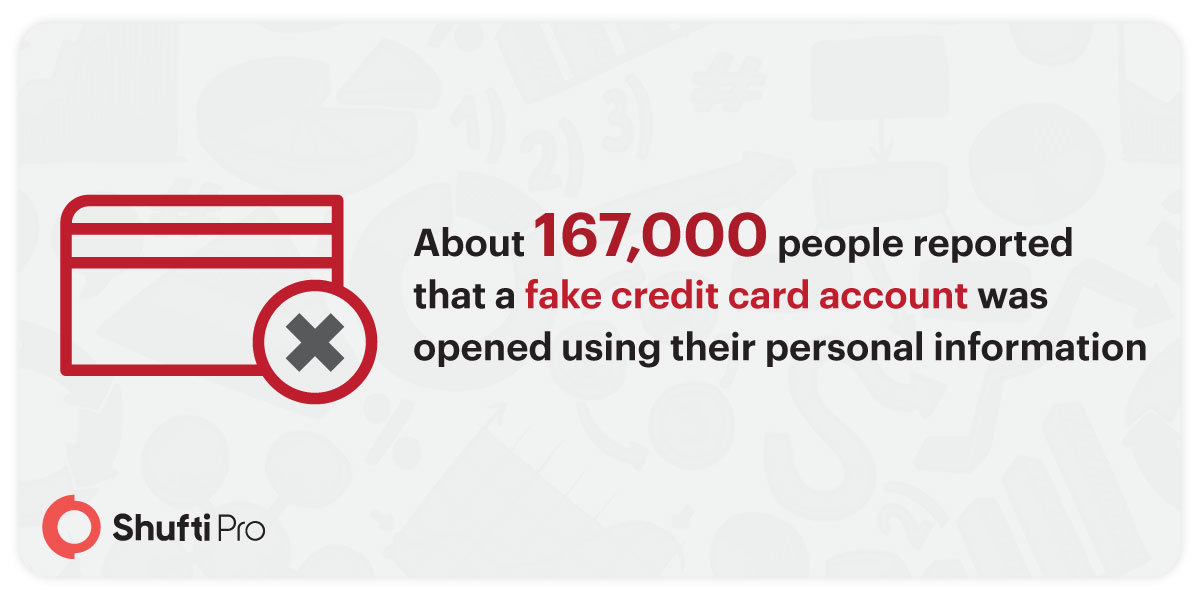How Can 2-Factor Authentication Protect Customers Against Fraud?

Need for Customer Authentication Mechanisms
Since the existence of humanity, new innovations and technologies have been introduced to improve living standards. Millions of dollars are invested every day in different sectors to enhance operations and work processes. As a result, our quality of work and lifestyles are improving with every passing day. An emerging industry, IT, has revolutionized our lives in innumerable ways. The work involving immense time and human efforts is now done within a few minutes or seconds with the help of computers.
Like other inventions, computers can be utilized in a wide variety of methods, as per the requirement of the user. Some users utilize computers to their best ability for the betterment of the world and its inhabitants, while others use them to cause harm and damage. Since the advent of the internet, criminals have been deceiving and exploiting users through fraudulent activities and practices. It has become important to impede these criminals’ attacks before the damage gets more severe.
According to the Federal Trade Commission’s “Consumer Sentinel Network Data Book,” the most common types of fraud complaints registered last year included imposter scams, debt collection, and identity theft. Credit card fraud was the most widely occurring in identity theft cases — about 167,000 people reported a fake credit card account that was opened using their personal information. In 2017, it is estimated that in the USA about 16.7 million people became victims of identity fraud. The cost of such an organized attack on online user identities is estimated to be USD 16.8 billion.

Read More: Cybercrimes Rise 5 times in 4 years and Continue to Soar!
Financial Regulations to the Rescue
Such losses are causing immense damage to the businesses as well as the world economy. To fight this problem, law enforcement agencies teamed up with the financial regulatory authorities to introduce KYC and AML regulations for businesses. These compliances ensure that businesses properly know their customers before conducting any transaction with them. Although these regulations were introduced primarily for banks and financial institutions due to their financial significance. However, nowadays, many businesses are also complying with these regulations to increase their security.
Customer identity verification was implemented decades ago after the tragic 9/11 terrorist attack. Over time, it has improvised and become more accurate as well as efficient. Recently, identity verification service providers have introduced digital identity verification techniques that are powered by Artificial Intelligence technology. These verification methods are very accurate with little to no chances of errors. There are different types of digital verification techniques and the most effective ones are facial verification, document validation, address verification, 2-factor authentication, and consent verification.
Read More: Financial regulators assure further assistance to the industry during COVID-19
2-Factor Authentication and its Importance
What is 2-FA?
2-factor authentication (2FA), or two-step verification is a security process that requires users to provide two different authentication factors or variables to verify their identities. These two factors include something we know i.e. passwords or pin codes and something we have i.e. one time passwords, verification codes sent on the user’s mobile, or email.
The 2FA process is carried out to protect both the user’s data as well as the resources that the user can gain access to. 2-factor authentication provides a greater security level than other authentication methods that rely on single-factor authentication (SFA), where the user provides only one factor — generally, passcode or password. The 2-factor authentication method relies on an individual giving a password, and another factor, which in most cases, is either a security token or a biometric factor, such as a fingerprint, iris scan, or facial scan.
The process adds an extra layer of security to the verification process by making it difficult for attackers to obtain access to an individual’s devices or online accounts because having the victim’s password alone is not enough to pass the security check. 2-factor authentication has been used for a long time for controlling access to sensitive information and processes, and online service providers are increasingly using this method to secure their users’ personal details from being misused by hackers who have hacked a password database or used phishing to obtain user passwords.
Read More: Why 2-Factor Authentication is vital for Online Identity Risk Management?
How does 2-factor authentication work?
Here is how 2-factor authentication works:
1. The users are requested to log into the website or platform.
2. The users provide the personal credentials they possess – generally, a username and password. Then, the site’s server identifies and recognizes the user.
3. For processes that don’t need passwords, the website generates a different security key for the user. The authentication tool processes the key, and the site’s server verifies it.
4. The site then asks the user to perform the second login step. Here the users have to prove that they possess something only they would have, such as a security token, ID card, smartphone, or other mobile devices. This is called the possession factor.
5. The user then enters a one-time code that was generated in step four.
6. After successfully providing both factors, the user is authenticated and provided access to the platform.
Conclusion
2-factor authentication is a reliable way of securing customers and their belongings. The effectiveness of 2-factor authentication can be understood from the fact that many leading social media platforms such as Facebook, Instagram, WhatsApp, etc, have incorporated it into their platforms to secure their users. Digital identity verification techniques are the future of customer identification and businesses of all sorts need to integrate them into their platforms. This will not only help them in securing their customers but also comply with the changing regulatory compliances.










